Portuguese Sheepdog
Cao da Serra de Aires
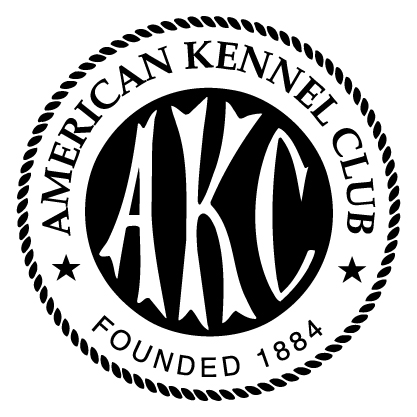 akc
akc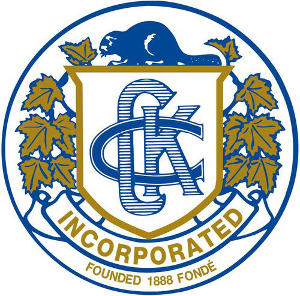 ckc
ckc fci
fci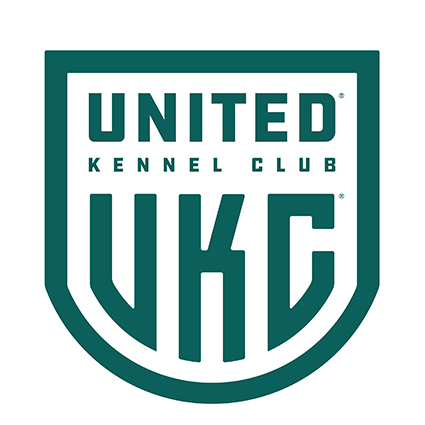 ukc
ukc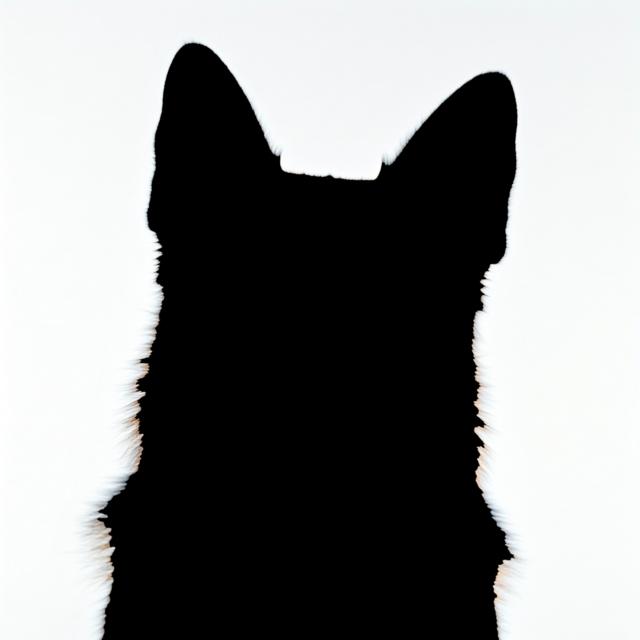
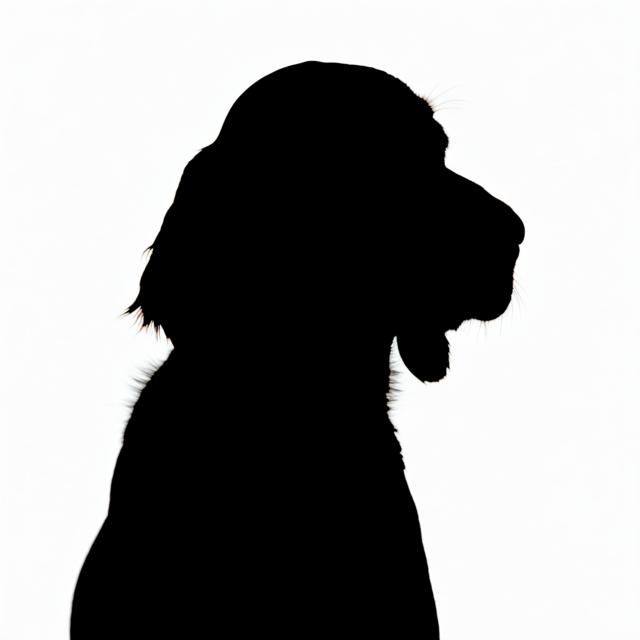
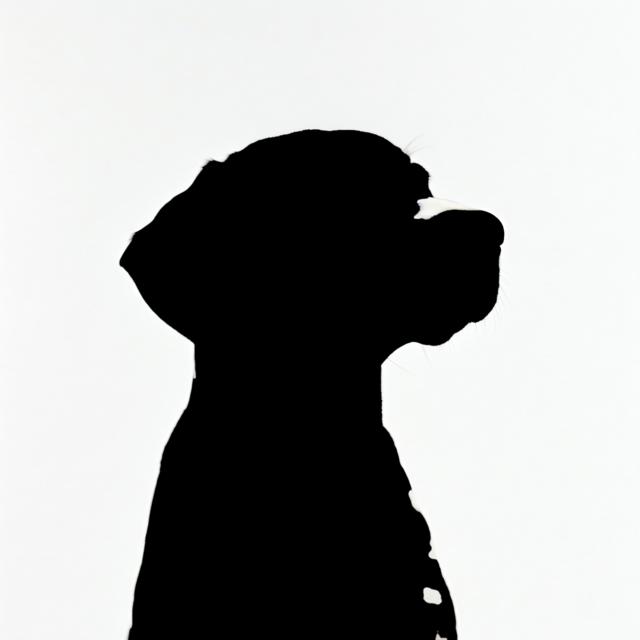
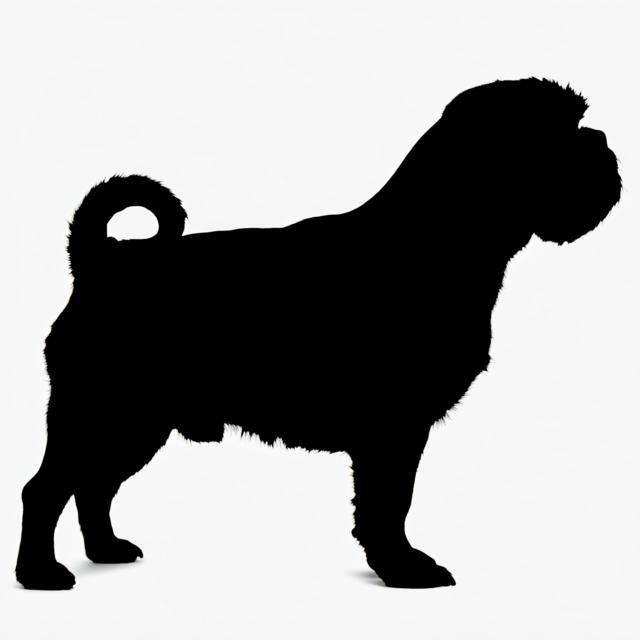
Summary
- The Portuguese Sheepdog, also known as Cao da Serra de Aires, is a medium-sized herding breed from Portugal with a long, coarse coat. They are intelligent, loyal, and protective dogs with high exercise needs.
Origin and Purpose
- Developed in Portugal’s Serra de Aires region to herd livestock, primarily sheep and goats.
- Still used for herding in Portugal and has become a popular companion dog.
Appearance
Dimensions
| Gender | Height | Weight |
|---|---|---|
| Female | 16-18 inches | 33-44 lbs |
| Male | 17-19 inches | 37-59 lbs |
Coat
| Attribute | Notes |
|---|---|
| Color |
|
| Type |
|
| Length |
|
Care
| Attribute | Notes |
|---|---|
| Shedding |
|
| Grooming |
|
| Drooling |
|
Body
| Attribute | Notes |
|---|---|
| Head |
|
| Skull |
|
| Ears |
|
| Eyes |
|
| Nose |
|
| Muzzle |
|
| Teeth |
|
| Neck |
|
| Forequarters |
|
| Fore Legs |
|
| Hindquarters |
|
| Hind Legs |
|
| Feet |
|
| Tail |
|
| Gait |
|
Temperament
- Intelligent, loyal, and courageous
- Active and needs mental and physical exercise
Social
| Attribute | Notes |
|---|---|
| Affectionate with Family |
|
| Good with Children |
|
| Good with Dogs |
|
| Good with Cats |
|
| Openness to Strangers |
|
| Playfulness Level |
|
| Protective Nature |
|
| Adaptability Level |
|
Working Roles
- Herding
- Companion Animal
- Livestock Guardian
Exercise Needs
- High exercise requirements, needs daily physical and mental stimulation
Health
- Generally healthy
- Some predispositions to hip and elbow dysplasia.
Additional Notes
- They thrive with a job to do, and respond best to kind and consistent training.
- Requires socialization and early training.
- They can be wary of strangers and need to be supervised around children.